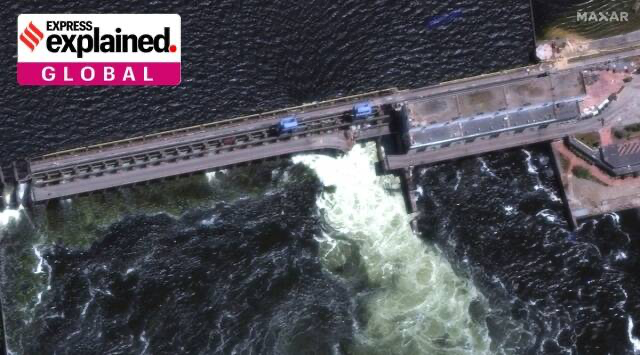Free Courses Sale ends Soon, Get It Now


Free Courses Sale ends Soon, Get It Now



Disclaimer: Copyright infringement not intended.
Context
Details
The Kakhovka Dam:
Conflicting Accounts:
Human Impact:
Impact on Crimea:
Impact on the Zaporizhzhia Nuclear Power Plant:
About Kakhovka Dam
Purpose and Functionality:
Significance for Crimea:
Conflicting Accounts of Destruction:
Human Impact and Evacuations:
Impact on Crimea's Water Supply:
Nuclear Plant and Safety:
|
PRACTICE QUESTION Q. Which of the following rivers drain to Black Sea? 2. Dnieper River 3. Yenisei River 4. Lena River Select the correct answer using the codes below: (a) only 1 (b) only 2 (c) only 3 (d) All four Answer: B |
© 2024 iasgyan. All right reserved